RAISING THE BAR




Learn Law. Live Justice.
This mission guides the curriculum, hands-on learning opportunities and, ultimately, graduates’ career paths. It speaks to the culture at Cleveland State University’s College of Law (CSULAW).

“What makes our law school distinc tive is that we not only teach the law, but we also emphasize how important it is to use your law degree to make a difference in the world,” says Dean Lee Fisher. “It’s about understanding that a law degree is in essence a leadership degree, and with it comes a responsi bility to take the skills you have learned to help make people’s lives better.”
The Law School celebrates 125 years of rich social justice and civil rights history as a “living justice law school” that prepares students to be lawyers and leaders. The iconic, stu dent-centered law school is ranked the top part-time law school in Ohio by U.S. News & World Report and the top public law school in northern Ohio, along with earning national accolades in 12 specialty areas.
The law school includes a nationally recognized Center for Cybersecurity and Data Privacy and Global Space Law Center, and a renowned Center for Health Law & Policy, and Criminal Justice Center. “That is just the beginning,” Fisher says, adding that the law school is the most robust, reliable talent pipeline for Northeast Ohio’s legal community.
Graduates have been at the head of major social movements such as women’s suffrage, and the school has admitted women since its founding in 1897. It also was one of the state’s first law schools to admit African American students. The school created one of the country’s first solo practice incubators and the region’s first master’s degree in legal studies. The school launched one of the coun try’s first leadership programs for law students with the P. Kelly Tompkins Leadership in Law Program.
But the sleeves-up, passion for justice and grassroots programs that give students tangible inroads for making a difference is what
really makes the iconic law school a progressive learning culture.
“What makes us stand out is the school’s relationship with the community,” says Kimberly Kendall
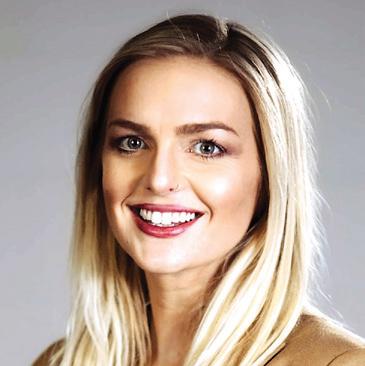
Corral (’12), an attorney in private practice and adjunct professor who teaches about post-conviction remedies. “It’s a practical, hands-on, high-quality legal education because students participate in clinics and externships and practicums. Before they become practicing attorneys, students can be in a position to provide relief, guidance and counsel to those who are most affected by social injustice. It’s motivating, inspiring and instills a sense of solemnity about the serious ness of their position as attorneys.”
Kimberly Kendall Corral ’12 COVER AND GROUP PHOTO: BRIAN HART, BTHOMASHARTCorral points out that the Law School’s graduates are in positions of influence throughout Northeast Ohio.
Cleveland State University College of Law celebrates 125 years of history as a living justice law school that prepares professionals with a passion for making a difference.
“The Law School is in a unique position of educating a substantial volume of leadership in the communi ty, particularly in criminal justice, and students are in a unique position to make tremendous change,” she says.
Professor Robert J. Triozzi, co-di rector of the Law School Criminal Justice Center, notes that the vast
majority of criminal justice practi tioners in this region come from the Law School — judges, prosecutors and defense attorneys.
“Our students come in with a degree of passion, and we create greater opportunities for students to get a very well-rounded education in criminal law and real-world experience,” he adds.
The Law School’s Criminal Justice Center is rooted in advancing reform that makes a difference in the system. “If you combine students’ passion for these issues with real-life opportunities they gain here, a lot of exciting things happen,” Professor Robert J. Triozzi, co-director of the Criminal Justice Center, says, relating that the Pretrial Justice Clinic has doubled in size during the four semesters it has been in place.
Aside from the classroom, students participating in the clinic are in court daily. “They are getting a bird’s-eye view of what the system is like and have opportunities to work on all levels,” Triozzi explains. “It’s great for our students, our system, our people and defendants that do not otherwise have this level of advocacy.”
Students meet with individuals prior to pre-trial hearings, listen to their concerns and develop skills to advocate for them in the system.
The Pardon, Clemency and Expungement Clinic operates at the other end of the criminal justice system, explains Associate Dean/Professor Jonathan Witmer-Rich . The Law School works in partnership with Ohio’s Expedited Pardon Program as part of a statewide network. “The program reaches out into our community and makes people aware of opportunities for second chances so they can move forward with their lives,” he explains. “The clinic helps people navigate their options to get clemency, a pardon or to have their records sealed so they can regain their footing in life. And, we are evolving into a full-fledged reentry clinic, so our students are working on pardon applications.”
Overall, the Criminal Justice Center is focused on learning by doing — and making an impact. “In addition to advancing the career interests they are passionate about and addressing criminal justice issues of our day, we look at how we can make the criminal justice system better,” Triozzi says. “That is what it means to learn law and live justice, and at the same time our students are learning to be profes sionals in the community, the court system and improving outcomes.”
From attending meetings and writing memos for the Ohio Rules Commission to problem-solving issues in the area of restorative jus tice, CSULAW’s Pop-Up Practicums invite students to join the faculty’s advocacy efforts. “They participate in projects that are works-in-progress and engage in issues of the moment,” says Professor Triozzi.
Triozzi shares how he was pre paring a proposal related to mental health diversion and consulted with students on the issue.
Attorney Kim Kendall Corral ’12, dedicated a Pop-Up Practicum to seeking post-conviction relief for Anthony Starr, who spent more than three decades incarcerated for a bru tal attack and rape and maintained innocence the entire time. During the practicum, Corral and CSULAW students argued the conviction was due to junk science, hidden witness statements, improper trials and an unconstitutional search. The victim, whom Starr never met, claimed she was 90% sure her ex-husband was the attacker.
Students prepared a 221-page application to the Cuyahoga County Conviction Integrity Unit and sought other avenues for relief, as the practi cum was held during the pandemic shutdown.
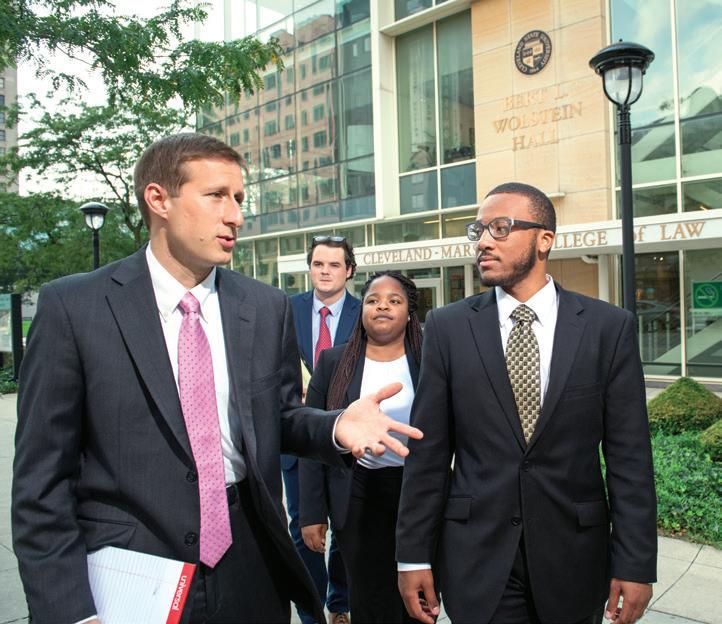
“Professor Corral’s course is a prime example of why I created PopUp Practicums — so that our students and faculty could respond to relevant issues in real time,” says Lee Fisher, dean and Joseph C. Hostetler-Baker Hostetler Chair in Law at CSULAW.
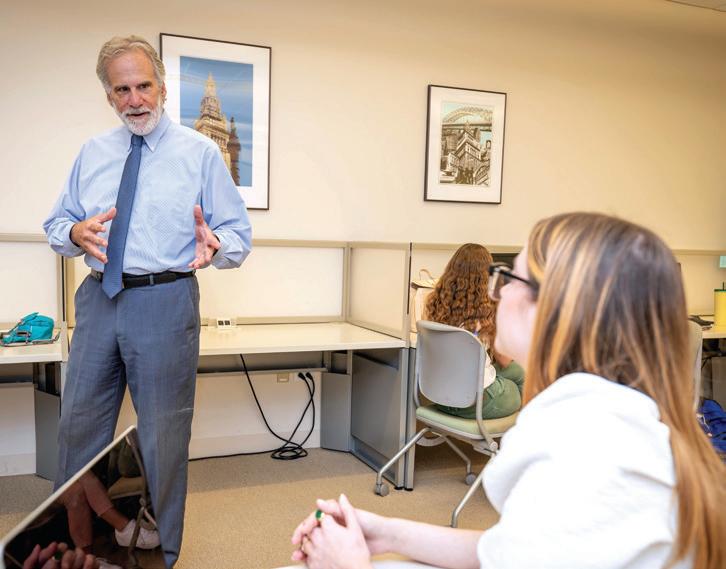
Here is a snapshot of how CSU Law positions its students and graduates to lead the way in social justice, criminal law, business and the community at-large:Professor Jonathan Witmer-Rich and pop-up practicum students Professor Robert Triozzi with Clinic Students
The Equality Ohio Legal Clinic is the brainchild of CSULAW alumna Maya Simek ’10, who formed the practice with Alana Jochum . It serves Ohioans who are within 300% of the federal poverty level. Alumna Leslie Johns ’14 joined the team, and the clinic involves CSULAW students through externships and fellowships.
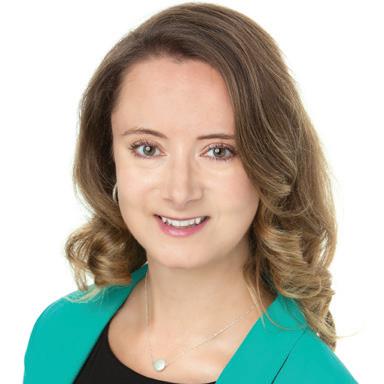
“When you talk about ‘learn law, live justice,’ this is it,” says Jochum. “This is the vision of graduates realized. Maya saw the need, and we are really grateful for the school for hosting us in this.”
The clinic is housed inside CSULAW and taps into a pipeline of students who are pursuing social justice advocacy. “There is such an ur gent need here,” Jochum says. The freestanding and independent clinic is funded through grants by the Cleveland Foundation and Gund Foundation.
“Our physical office space is at CSULAW due to the school’s support and belief in our program and work, and that it aligns with learn law, live justice.”
Lawyers naturally evolve into board and community leadership roles. But historically, law schools have not had a deliberate curric ular focus on attaining these skills. CSULAW was one of the first law schools to recognize there is more to the practice than technical expertise. “We want students to learn to be wise counselors and effective leaders,” says Kelly Tompkins, ’81, a leader-in-residence, chair of the law school board of visitors and senior advisor at Dix & Eaton.
A 1981 CSULAW graduate, Tompkins is an engaged mentor and supporter, believing in the “but for” argument. “But for the education I received at Cleveland State’s law school, there was no way I would have had the professional and business success I have experienced in my career,” he says. He was the executive vice president and COO of Cleveland Cliffs and RPM Interna tional’s executive vice president and CFO. At both companies, he served as chief legal officer.
Through the P. Kelly Tompkins Leadership and Law Program, students learn to work in cross-functional teams, make strategic decisions, tackle ethical issues and manage common business obstacles such as difficult personnel situations.
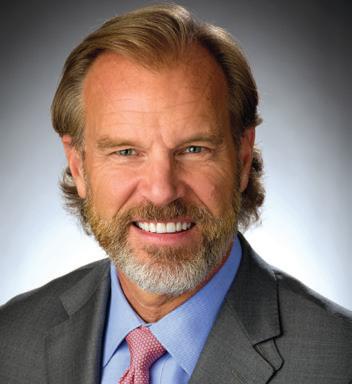
Tompkins co-teaches a leadership course with Dean Fisher. “It’s hands-on and interactive,” Tompkins says, explaining how the course invites CSULAW graduates to present a critical leadership challenge or decision to the group. The class interviews leaders. They write a case study, and “we do not give them the punchline of the leaders’ decisions.”
In the early 1970s, late CSULAW Professor Ann Aldrich started a student recruitment program at historically Black colleges and universities in the south. Aldrich was the law school’s first tenured woman faculty member and the first woman federal Ohio judge — an inspiring professional who brought on board a number of promising students. That included Judge Patricia Ann Blackmon ’75, who retired in February 2021 from the Ohio Eighth District Court of Appeals in Cleveland, where she served since 1991. She was the first Black woman elected as a judge on a state court of appeals in Ohio and served five judicial terms.

Blackmon earned her law degree at CSULAW in 1975 and served as Cleveland’s chief prosecutor, the first night prosecutor and assistant director of the Victims/ Witness Program.
“I was able to attend law school through the Legal Career Opportunities Program (LCOP), where they look at the whole quality of the person — not just GPA and test scores — and what struck me is that you might think that by now a program like this would not be necessary.
Dean Fisher said, ‘It’s the need that counts,’” Blackmon relates.
Dean Fisher established the Judge Ann Aldrich/Judge Patricia Ann Blackmon Scholarship Fund as part of the school’s 125th anniversary and the 50th anniversary of LCOP. “Judge Blackmon is an example of someone who, against all odds, not only went to law school but became one of the most respected members of the Ohio Judiciary,” Fisher says. “I want our students to know that no matter what ZIP code where they grew up, our law school is a place where you can realize your dream.”
The scholarship benefits LCOP students, who demon strate perseverance and promise for success — just like Blackmon. “Judge Aldrich noticed there were no Black students, and she said, ‘This can’t be,’ and she fought for change. It takes someone like Judge Aldrich and Dean Fisher with the imagination to make this happen.”
P. Kelly Tompkins ’81 Senior Advisor, Dix & Eaton Alana Jochum ’10 Executive Director, Equality Ohio Judge Patricia Ann Blackmon’75Ohio Eighth District Court of Appeals
The law students get the training and foundation they need to prepare them to soar, succeed and make a difference. Meet some alumni who have made their marks in our communities and beyond.

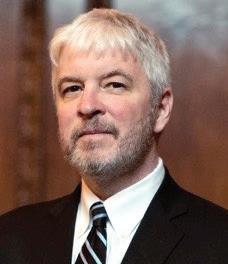
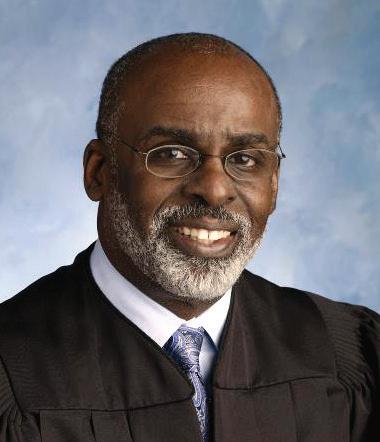
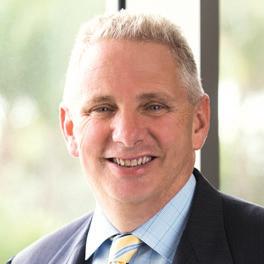

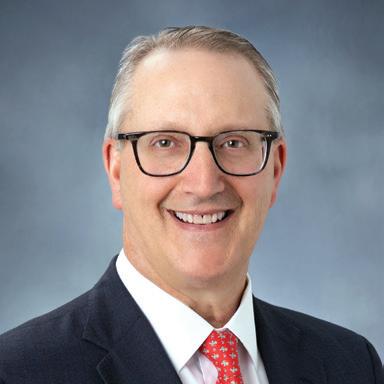
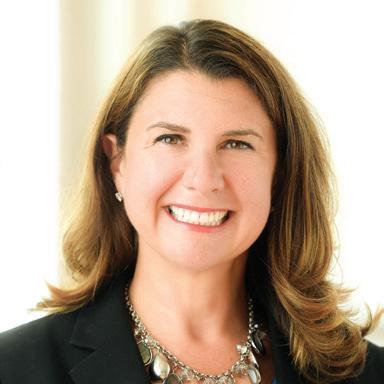
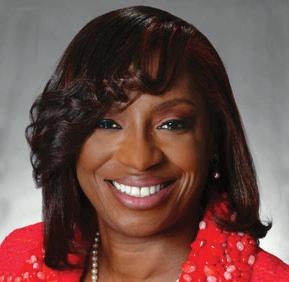
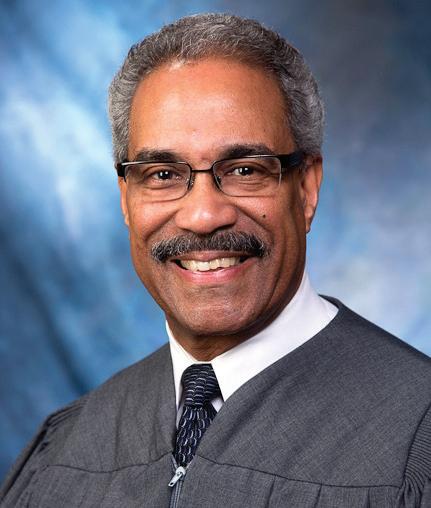
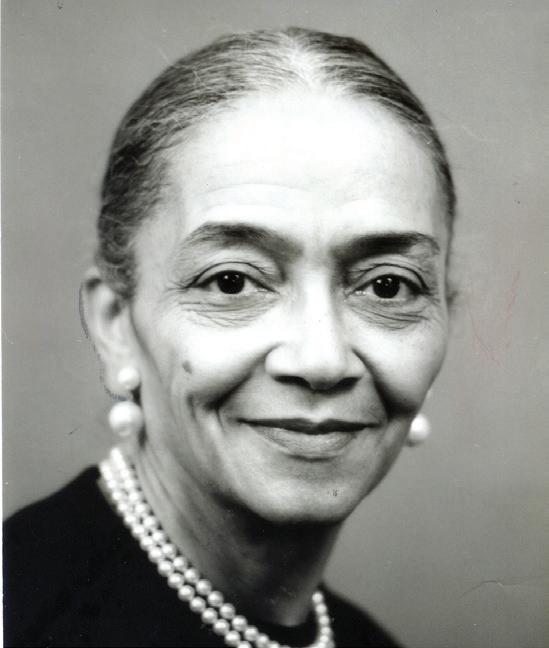
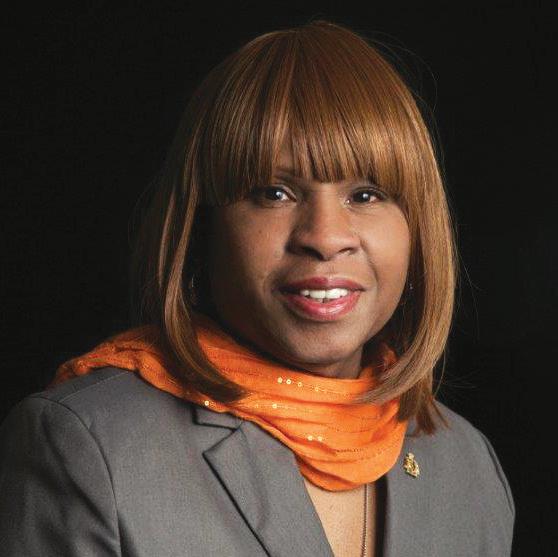
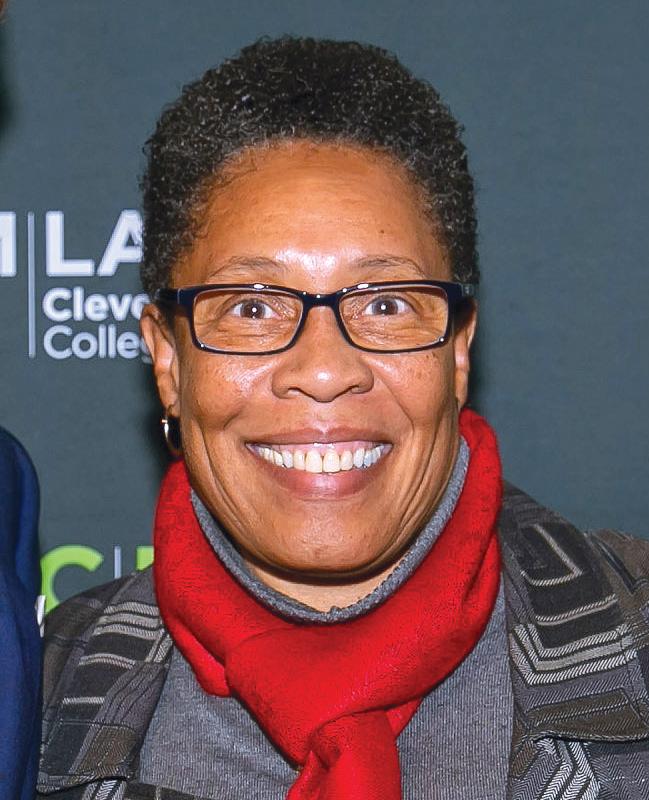
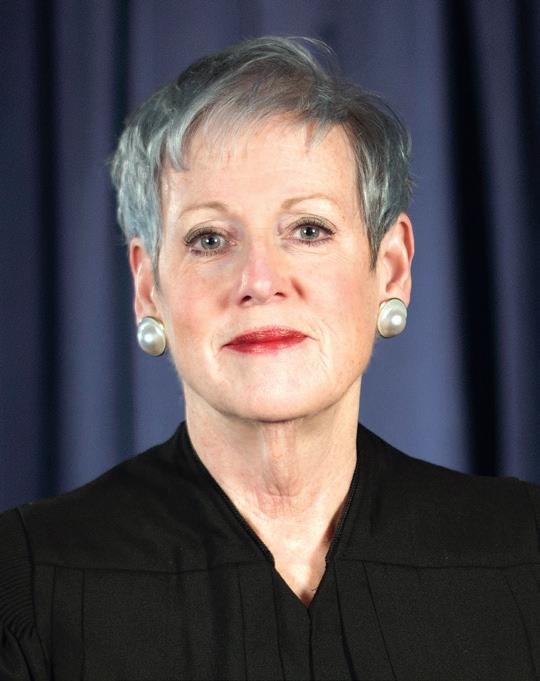

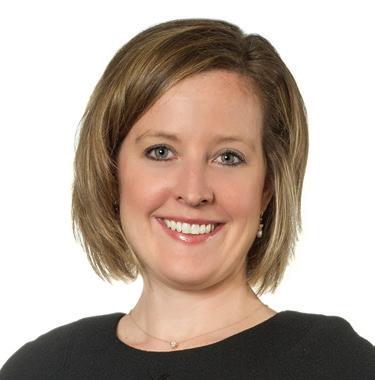
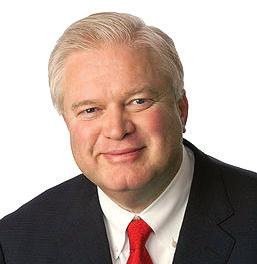
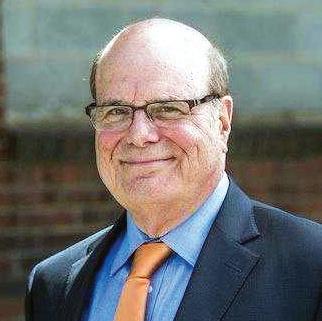
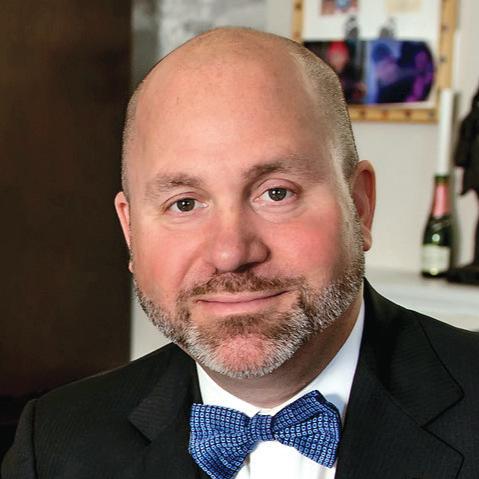
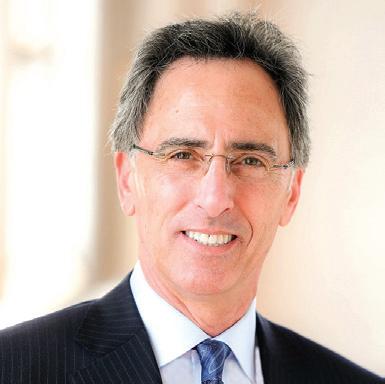

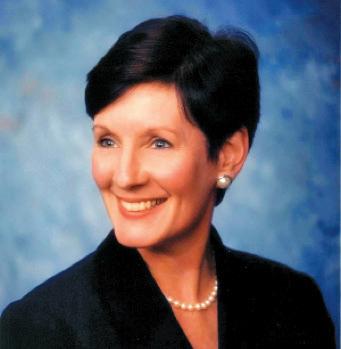
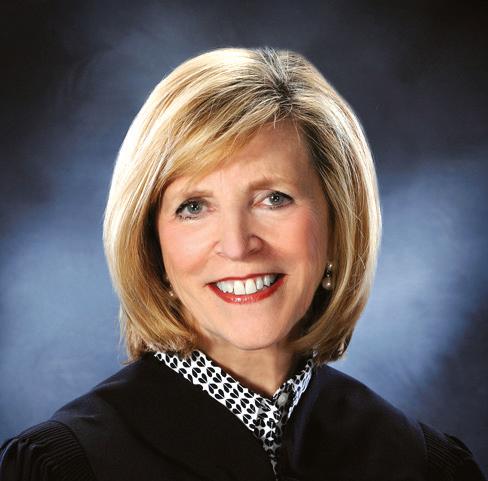

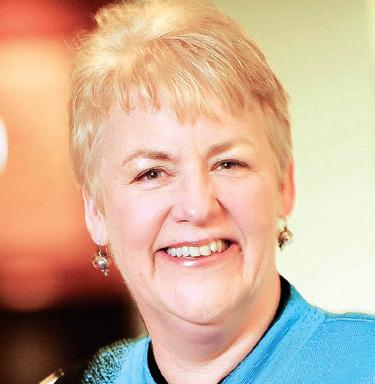
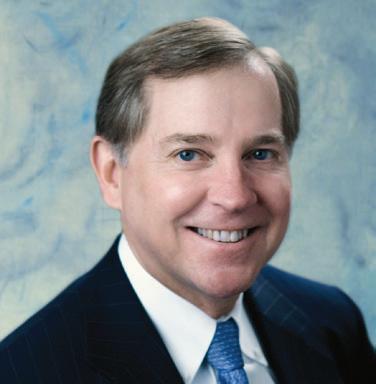

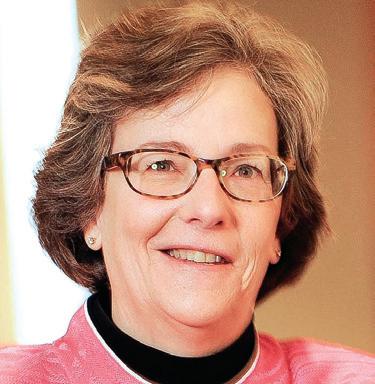
 Secretary Marcia Fudge
’83 U.S. Secretary, Housing and Urban Development
Chief Justice Maureen O’Connor ’80 Supreme Court of Ohio
Mayor Frank Jackson ’83 Former Mayor, City of Cleveland
Sarah Flannery ’02 Partner, Thompson Hine
Michael Gibbons ’82 Chairman and Senior Managing Director, Brown Gibbons Lang
Terry Gilbert ’73 Partner, Friedman & Gilbert
Ian Friedman ’97 Founding Partner, Friedman & Nemecek
Kenneth Liffman ’79 President and Chairman of the Board, McCarthy, Lebit, Crystal & Liffman
Michael Haas ’94 Partner, Latham & Watkins
Judge Nancy Fuerst ’88 Cuyahoga County Court of Common Pleas
Judge Michelle Paris ’84 Judge, Bedford Municipal Court
David Paris ’78 Managing Partner, Nurenberg, Heller, Paris & McCarthy
Karen Giffin ’89 Co-founder, Giffen & Kaminski
Dennis Lansdowne ’81 Partner, Spangenberg, Shibley & Liber
Norman S. Minor* ’27 Trailblazing Civil Rights Attorney, First African American Assistant Cuyahoga County Prosecutor
Kerin Lyn Kaminski ’85 Co-founder, Giffen & Kaminski
Avery Friedman ’72 Avery Friedman & Associates
COURTESY CSU
Secretary Marcia Fudge
’83 U.S. Secretary, Housing and Urban Development
Chief Justice Maureen O’Connor ’80 Supreme Court of Ohio
Mayor Frank Jackson ’83 Former Mayor, City of Cleveland
Sarah Flannery ’02 Partner, Thompson Hine
Michael Gibbons ’82 Chairman and Senior Managing Director, Brown Gibbons Lang
Terry Gilbert ’73 Partner, Friedman & Gilbert
Ian Friedman ’97 Founding Partner, Friedman & Nemecek
Kenneth Liffman ’79 President and Chairman of the Board, McCarthy, Lebit, Crystal & Liffman
Michael Haas ’94 Partner, Latham & Watkins
Judge Nancy Fuerst ’88 Cuyahoga County Court of Common Pleas
Judge Michelle Paris ’84 Judge, Bedford Municipal Court
David Paris ’78 Managing Partner, Nurenberg, Heller, Paris & McCarthy
Karen Giffin ’89 Co-founder, Giffen & Kaminski
Dennis Lansdowne ’81 Partner, Spangenberg, Shibley & Liber
Norman S. Minor* ’27 Trailblazing Civil Rights Attorney, First African American Assistant Cuyahoga County Prosecutor
Kerin Lyn Kaminski ’85 Co-founder, Giffen & Kaminski
Avery Friedman ’72 Avery Friedman & Associates
COURTESY CSU
’95
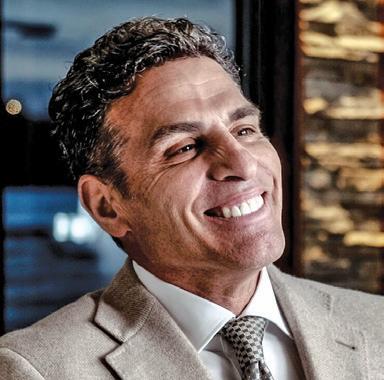

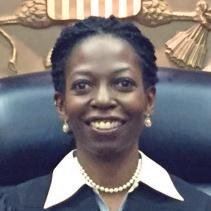
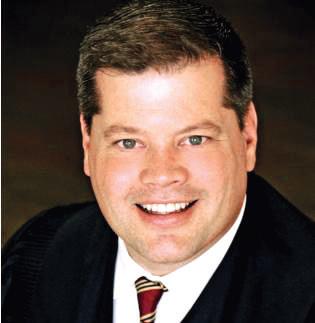
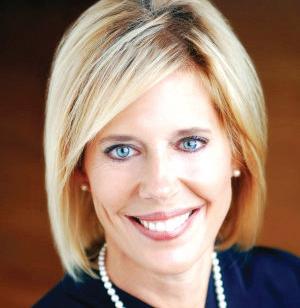
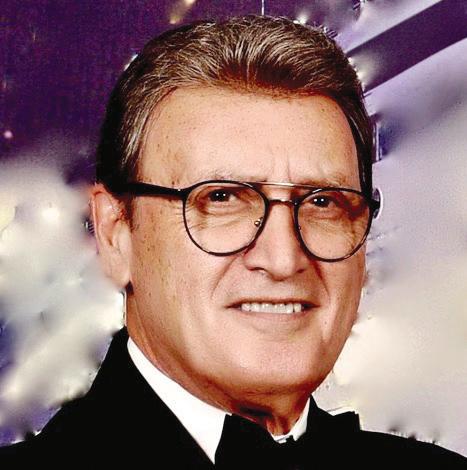

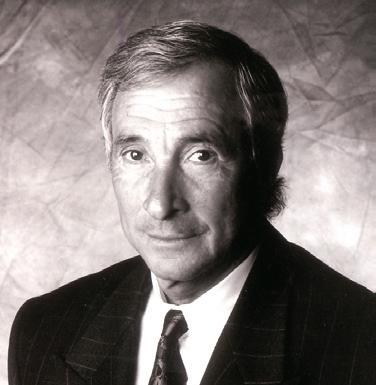
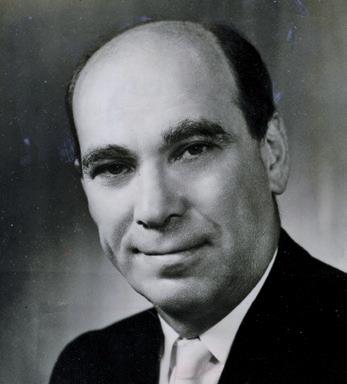
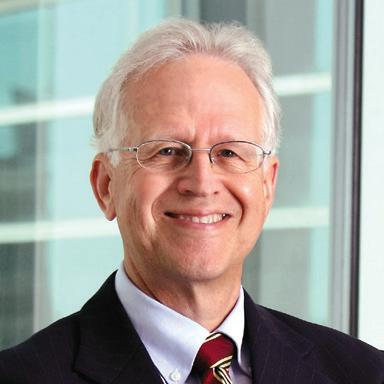








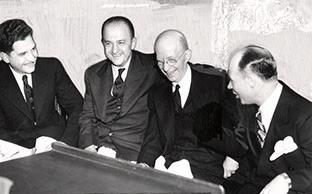
Cleveland Law School, Ohio’s first evening law school, is founded and becomes the first law school in Ohio to admit women and one of the first to admit Black students
1916 John Marshall School of Law is founded
Legal Career Opportunities Program (LCOP) is created, the first of its kind in the country, recognizing the value of students’ life experiences as a predictor of law school success
Launched the Solo Practice Incubator, the first of its kind in Ohio, on the first floor of the Law Library, providing recent graduates resources to establish their own solo practices as a viable career path
2016 Center for Cybersecurity & Privacy Protection debuts to national attention for its innovative multidisciplinary approach
Lee Fisher, former Ohio Attorney General and Lt. Governor, appointed 15th Dean since 1897
1977
Prince Charles, Prince of Wales (now King Charles III) participates in the dedication of the College of Law Building at 1801 Euclid Ave.

College of Law dedicates its new library. Janet Reno, Attorney General of the United States, inaugurates the Centennial of the College of Law
Judy and Robert H. Rawson Jr. Learning Commons opens to encourage exploration, creation and collaboration among students, faculty, staff, alumni and the community
Establishment of Law School’s Hall of Fame and annual Celebration
Launched Global Space Law Center as first academic center in the nation dedicated solely to the law of outer space
2020 Launched the Pretrial Justice Clinic for students to advocate for indigent defendants during the initial bail process
Launched Racial Justice Task Force
2022
Launched the Pardon, Clemency, and Expungement Clinic in partnership with the Governor of Ohio
1969
Cleveland-Marshall and Cleveland State University sign merger agreement creating the largest law college in Ohio. The law school is named ClevelandMarshall College of Law at Cleveland State University

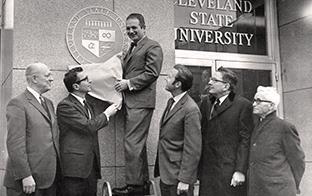
College of Law receives gift from Iris S. Wolstein, wife of Bert L. Wolstein ’53. Building named Bert L. Wolstein Hall
Launched Jump Start, one of the first law school summer programs in the nation designed to help incoming first year law students acclimate to law school
Launched Center for Health Law & Policy to connect law students to the vast health care resources in the region
Debut of the state-of-theart Trial Courtroom, the most technologically advanced and realistic courtroom in any Ohio law school
Criminal Justice Center is launched to provide students more hands-on opportunities to work for justice
The P. Kelly Tompkins Leadership and Law Program, one of the first leadership programs at any law school in the nation, created by Kelly Tompkins ’81 and Dean Lee Fisher to provide leadership skills to law students
2019
Launched the region’s first Master of Legal Studies (MLS) degree for non-lawyers
Launched Online Master in Legal Studies (MLS) in Cybersecurity and Data Privacy
Business Law, Tax Law, International Law, Criminal Law (Prelaw magazine & U.S. News & World Report)
Northern Ohio
1946 Cleveland Law School and John Marshall School of Law merge to become Cleveland-Marshall Law School. Wilson Stapleton ’34 is named first Dean of the Cleveland-Marshall Law School. Ohio Governor Frank Lausche ’21 named Chairman of the Board 1957 Cleveland-Marshall is accredited by the American Bar Association